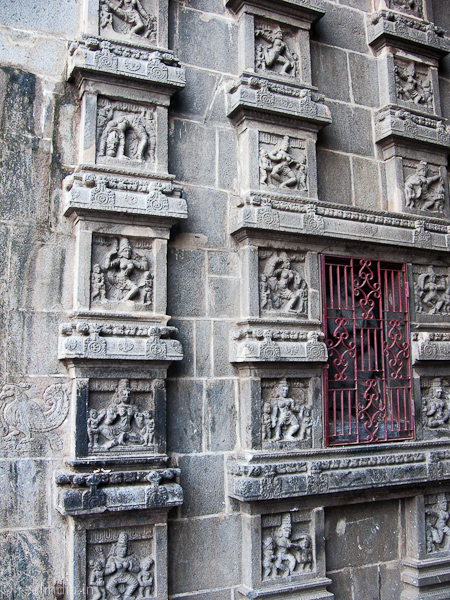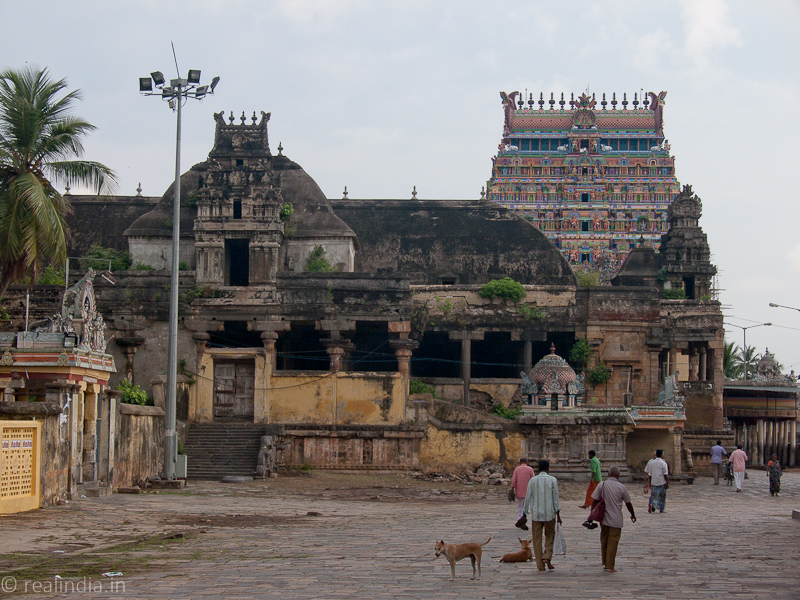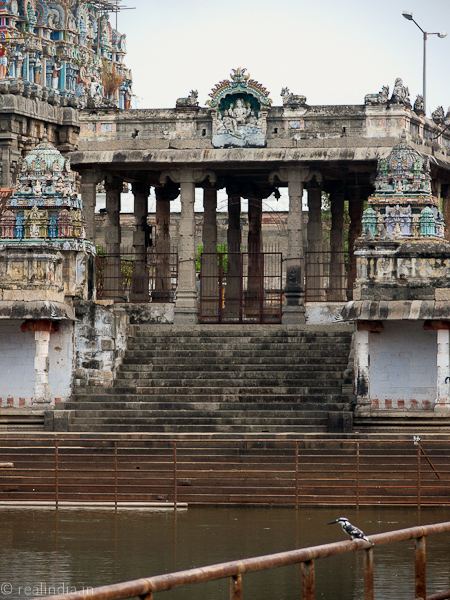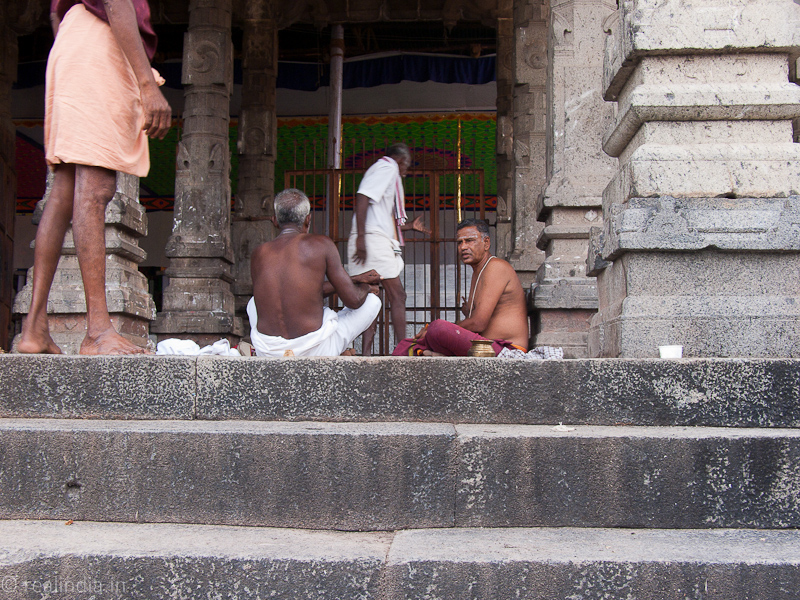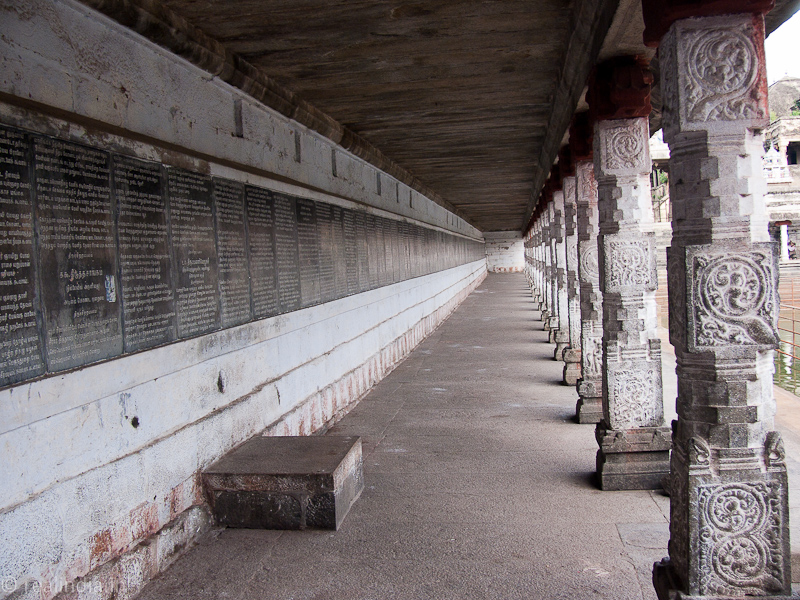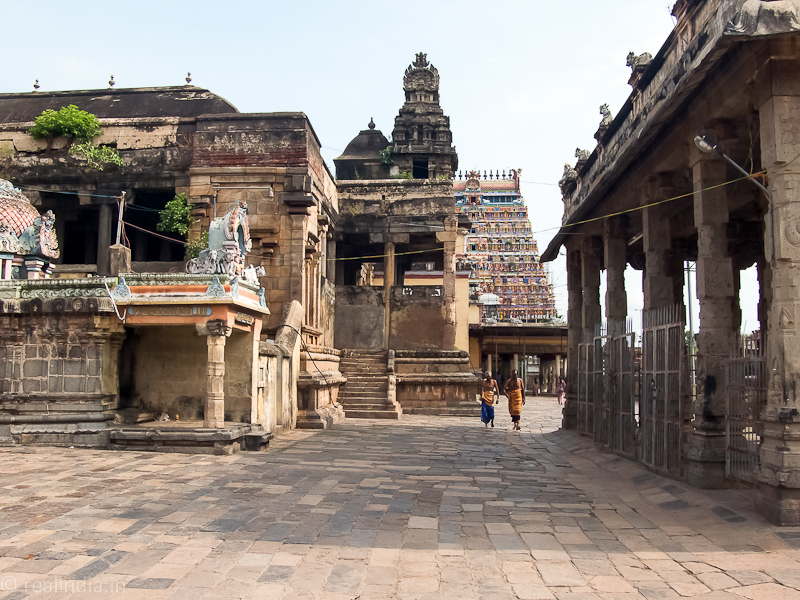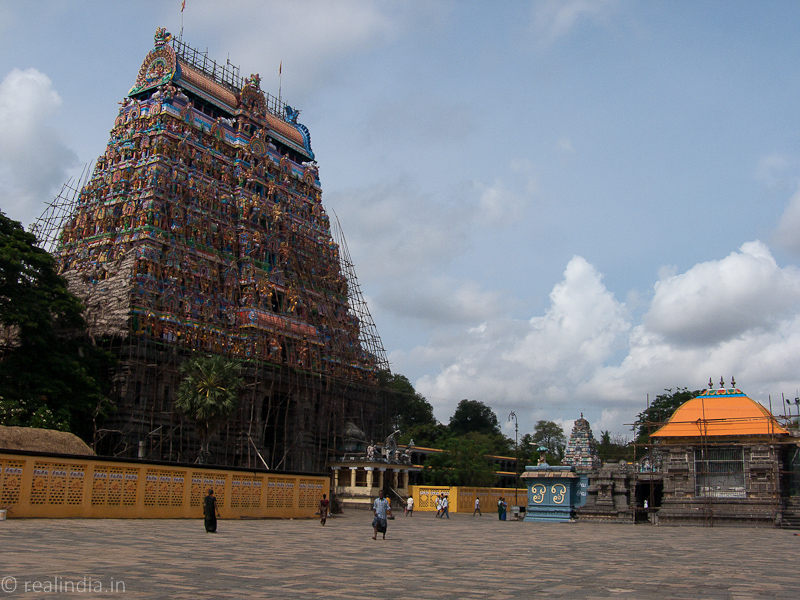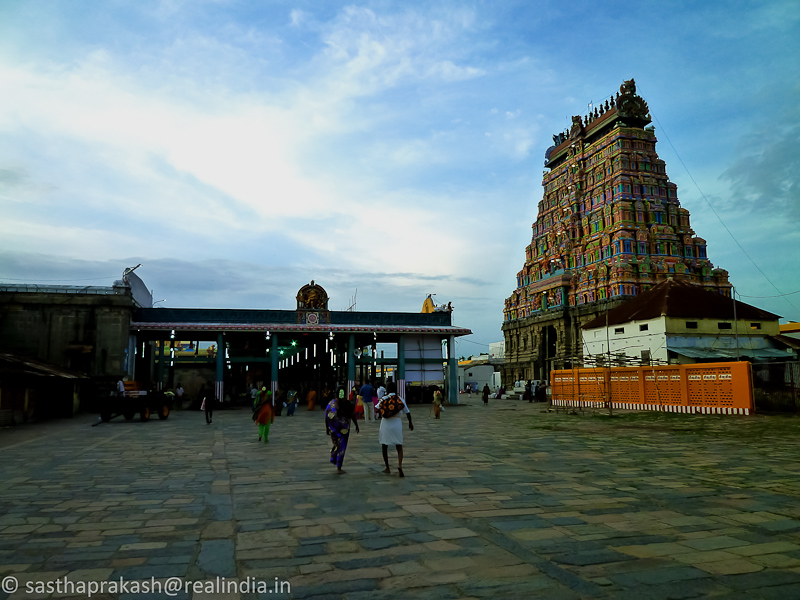“The devotees of Lord Siva are innumerable. The Puranas abound with stories about these devotees, who faced many trials and tribulations to see their Lord. One such devotee was a man named Nandanar, who loved visiting the temples of Lord Siva. However, there was one such temple that eluded him, and that was the temple of Lord Siva at Chidambaram. The manacles of his so-called ‘lower caste’ and his being an ‘untouchable’ deterred him from making this much-desired trip to the holy land of Chidambaram. Every single day, Nandanar would voice his heart’s desire, to his friends, saying in Tamil, “Naalai Poven”, meaning ‘I will go tomorrow’. However, he could never muster the courage to actually make the trip. Hearing this constant refrain from him, his friends gave him a nickname ‘Tirunalai Povar’, which translates to ‘Mr.Who will go tomorrow’, and also stopped believing that he would ever make the trip. Nandanar spent his days as a farm labourer under a tyrannical landlord, who belonged to one of the so-called ‘upper castes’ of society. His constant inner torment to see Lord Siva at Chidambaram, finally gave him enough strength to approach his landlord to ask permission for a day-off. Being a taskmaster, the landlord told Nandanar that he could go to the Temple, after ploughing the fields. The fields spread over hundreds of acres, and the task would take Nandanar the entire season. Bemoaning his fate, but still unwilling to give up on his dreams, Nandanar decided to take on the arduous task, and walked briskly towards the fields. Upon reaching there, he was shocked to see that the fields had already been ploughed, and were ready for sowing. The landlord, who happened to be there, was shocked and amazed, when he realised that he was witnessing ‘the divine’ in action. He realized that Nandanar was no ordinary devotee. The landlord asked Nandanar to leave immediately to Chidambaram to see his Lord. An ecstatic Nandanar went on his way, to meet his Lord.“
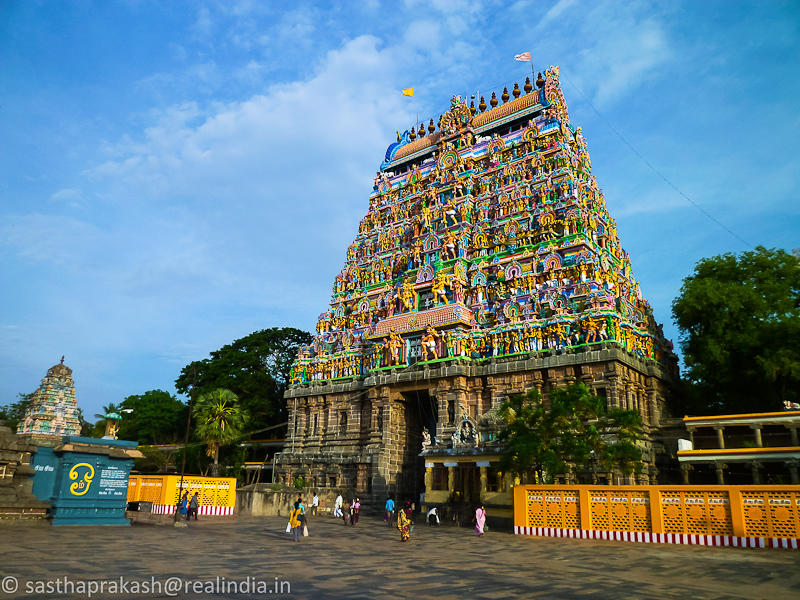
Over centuries Chidambaram has been the centre of Saivite worship in South India. The above parable is just how venerated Chidambaram Nataraja Temple has been for ages. I am quite lucky that this was my third trip to Thillai (another name of the town). There are many shrines and temples dedicated to Nataraja in Tamil Nadu, but the most celebrated among the Nataraja temples is the magnificent shrine at Chidambaram where Siva performs the Ananda Tandava or the dance of Bliss. It is located at a distance of 240 km from Chennai.
I reached Thillai at about 9 pm and got a room next to the bus station, after dinner I went to sleep as I had to get up early to witness the morning rituals. I started early in the morning next day. It is always a pleasure to walk in the streets of any town in Tamil Nadu early in the morning… the milkman doing his rounds; teashops doing a brisk business; women sweeping the house front, sprinkling water and laying kolam; the newspaper boy doing his acrobatic stunts on his bicycle as he throws the paper with unerring precision; the crows and sparrows trying to catch the early worm and feeding on the leftovers; early morning walkers doing their rounds; pie-dogs happily greeting each other… I quietly drank in the morning scene and walked towards the temple. I reached the East Tower/entrance and a sense of familiarity crept in and yet there was urgency to see the Lord of Dance at once.
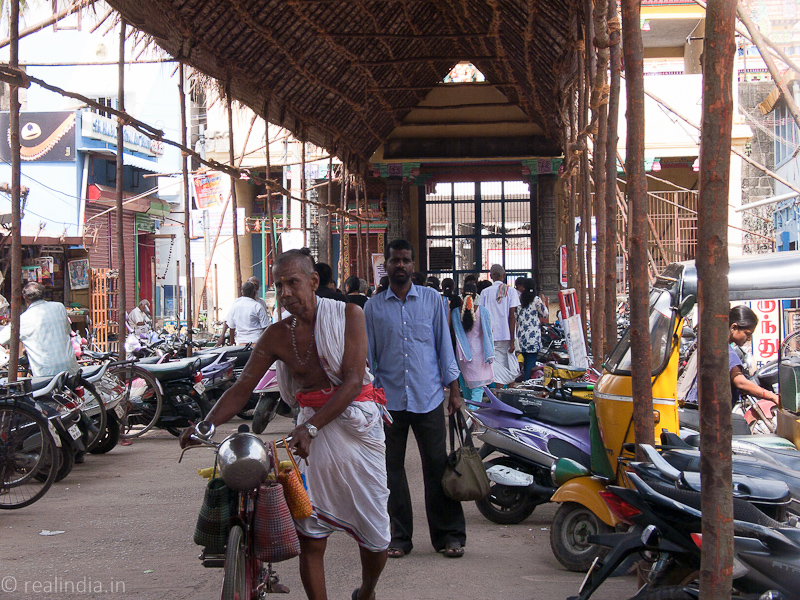
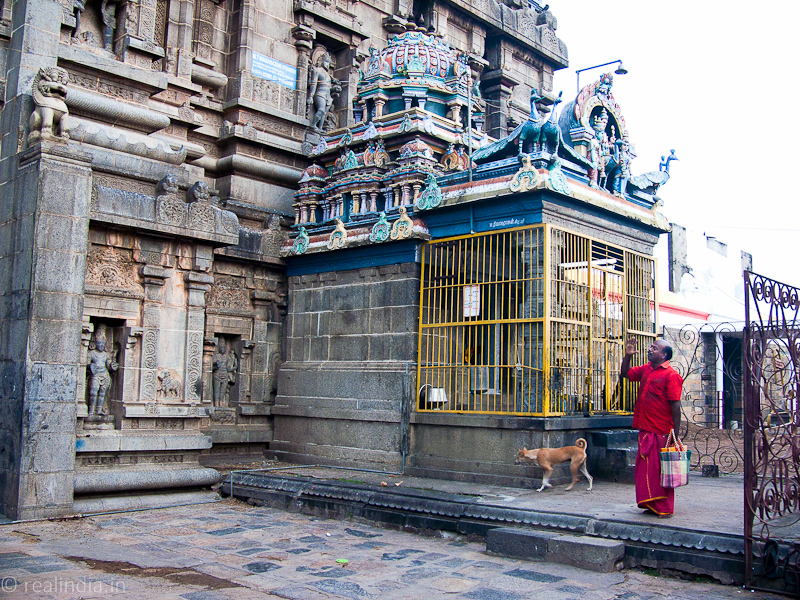
There was a lot of activity around the temple. The surroundings were cleaned, painted, spruced up, the towers had scaffoldings and all the signs of a major overhaul.
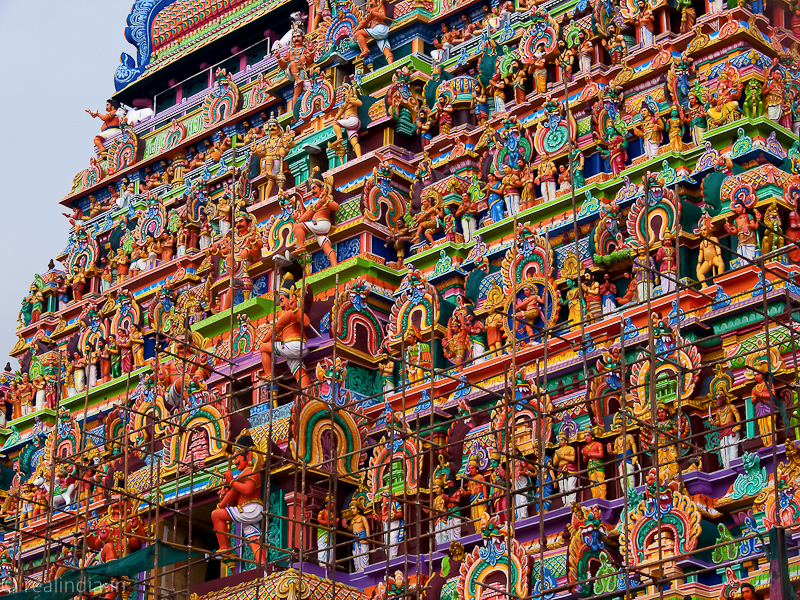
I walked down the 21 steps and I could see a crowd in the thousand-pillared hall. I was a bit confused and came to know that the Ponambalam (the Golden Hall) was closed for repairs/cleaning, and the Lord was brought here. Then I came to know that the temple was getting ready for the Mahakumbabhishekam in a few days time. After a good darshanam of the Lord I went around the temple photographing this magnificent edifice to the Thillai Koothan (Thillai Dancer).
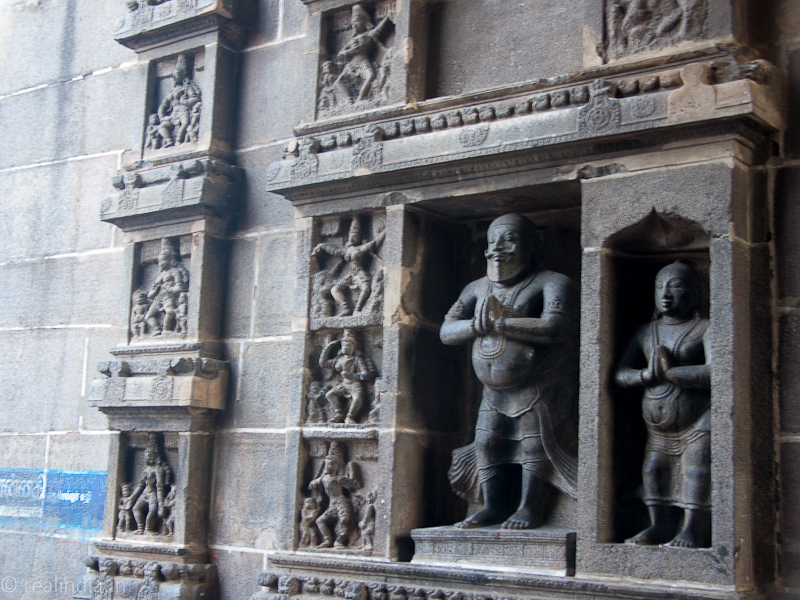
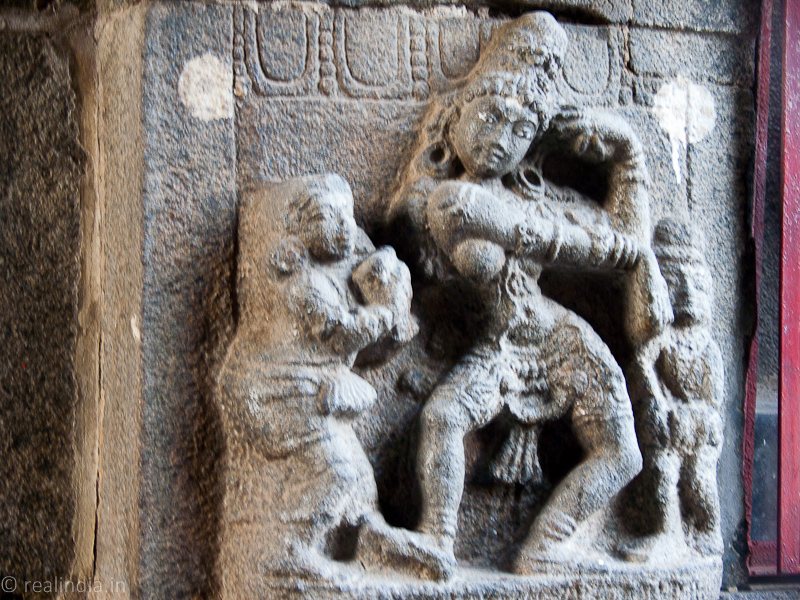
About the Temple:
Chidambaram is foremost among the five holy abodes of the dancing Siva in Tamil Nadu. Here in Chidambaram, Siva denotes the element of Akasa (ether) and the four other places are Kancheepuram as earth, Thiruvanaikoli as water, Thiruvannamalai as fire, and Kalahasti as wind. In the Hindu spiritual tradition, these five vital elements referred to as Pancha Mahabhutas, that is the basic constitution of life.
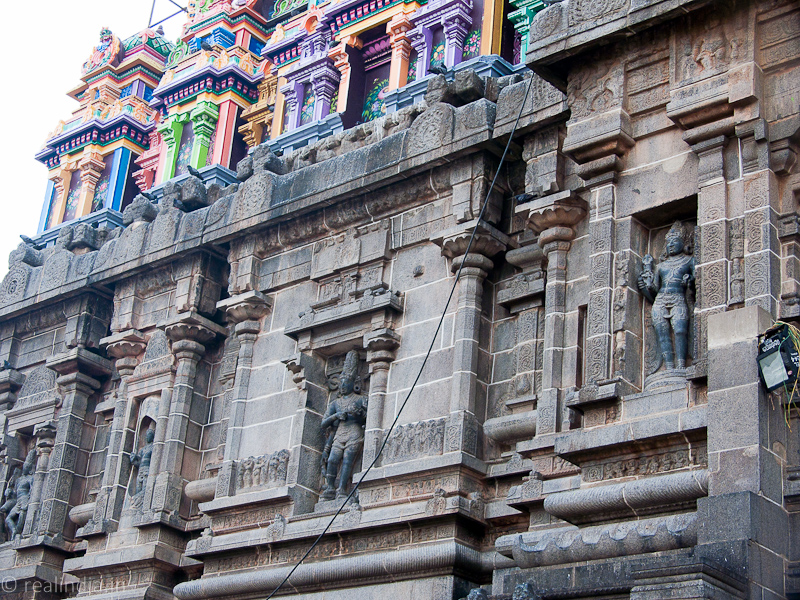
The Nataraja shrine at Chidambaram being the most important is referred to as Ponnambalam, meaning golden temple and Kanakasabha, meaning the golden dancing hall. The golden tiles of the Chit Ambalam (inner sanctum) was laid by the Chola King Parantaka I (907-955 CE). Behind the image of Nataraja, separated from it by a veil is Akasa Linga – the celebrated secret of Chidambaram. The abode of Akasa Linga is called Chitsabha. The Kanakasabha is the frontal complement to the Chitsabha. It is a small porch built on the same stone basement with a wooden door.
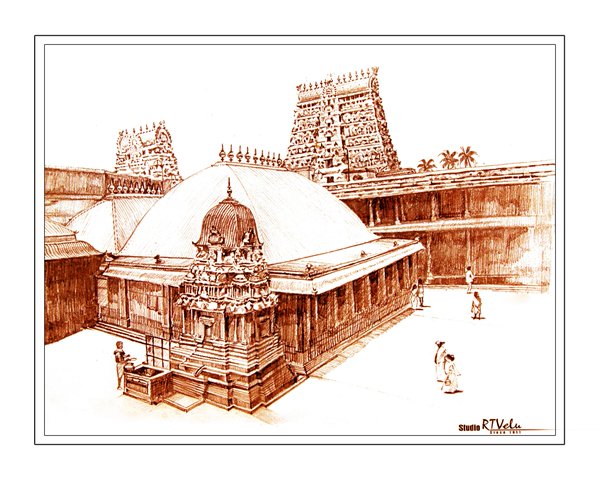
The Nritya Sabha or the hall of Dance is a most aesthetically designed artistic structure. This hall is known to have been built by Kulathunga Chola. with 56 pillars decorated with figures representing various moods and manifestations of Lord Nataraja.
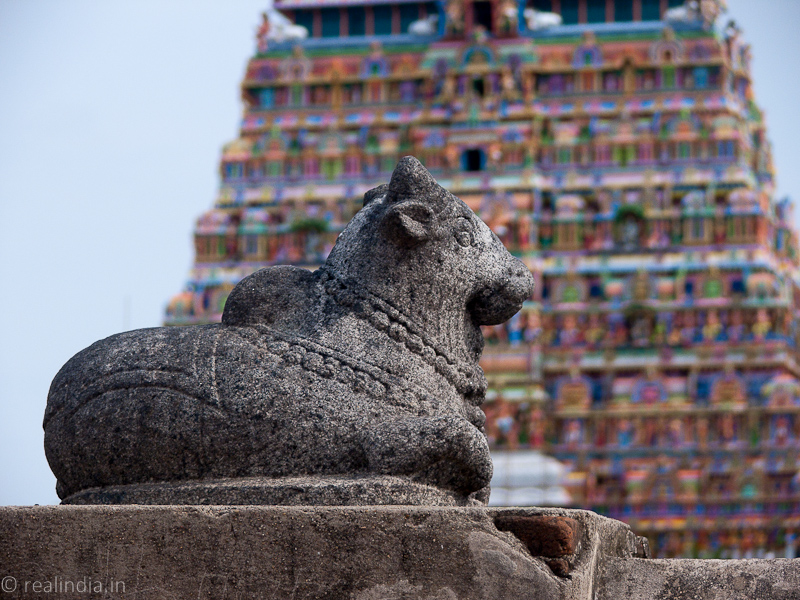
Chidambaram temple has a central place in the art of dance with the presiding deity Nataraja meaning the Lord of Dance. In Chidambaram the presiding deity is the bronze statue of Nataraja unlike the Siva Linga that is the representation in most of the other temples in Tamil Nadu. In this bronze Nataraja, Siva stands serene and assured, master of the universe, within a circular prabha aureole framed with five-tipped flames that represent the oscillating universe. The god rests his right foot on the back of the dwarfish demonic figure of Mushalagan, representing darkness and ignorance to be overcome, who meekly raises his head to look up at the lord.
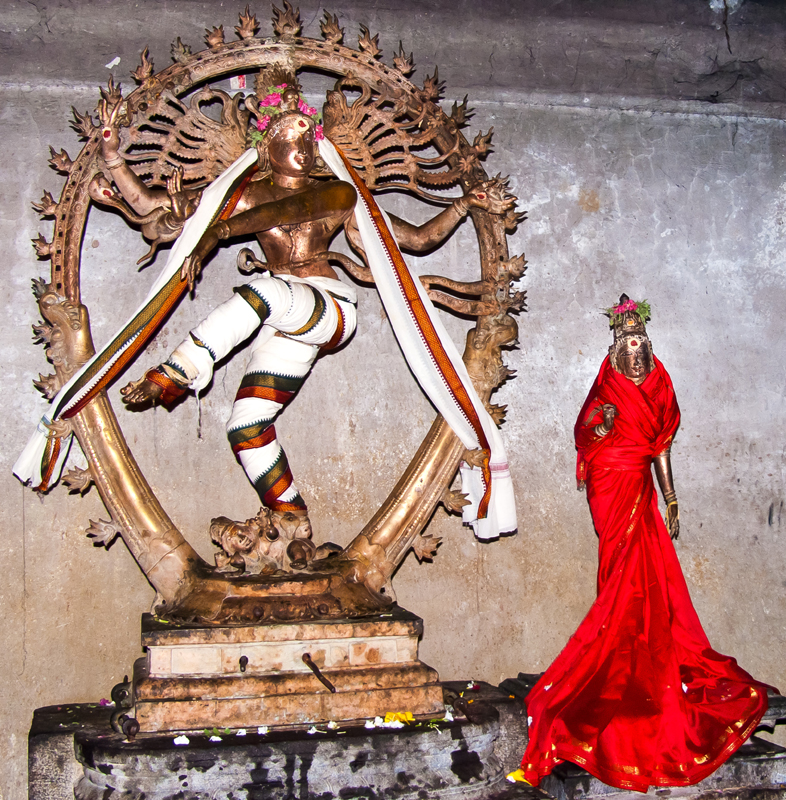
There are several interpretations given to this posture but the most popularly accepted view is that Man can raise himself to salvation by crushing the evils around him and maintaining a perfect balance between body and mind. The rhythmic and rigorous movement of the body in the Nataraja dance indicates ceaseless flow of energy that keeps the entire Universe in a continuous dynamic state.
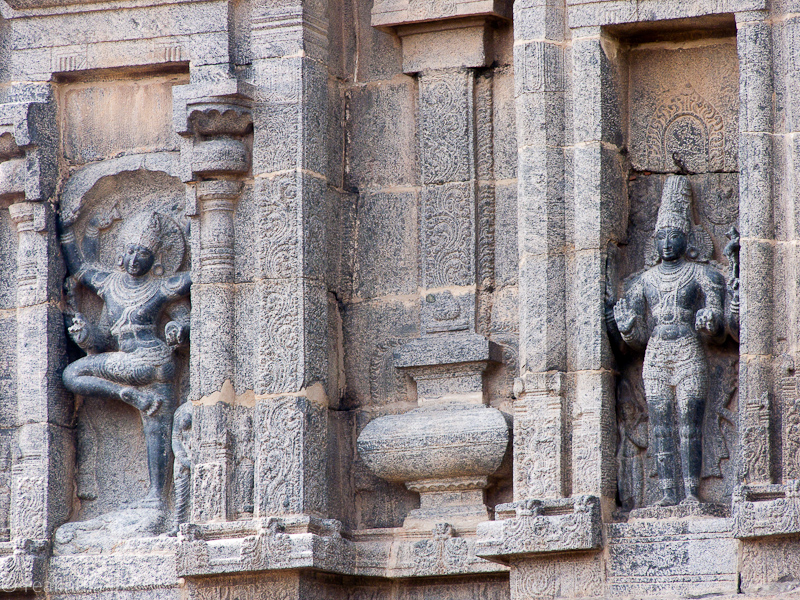
Deekshithars:
The entire temple except the Govindaraja temple is owned, controlled and managed by Deekshithars of Chidambaram. They are believed to have been 3000 in number and brought by Lord Siva himself to manage the temple.

Unlike other temples in Tamil Nadu where the rituals are according to the Agama Sastras, in this temple worship is done according to the Vedic doctrine.
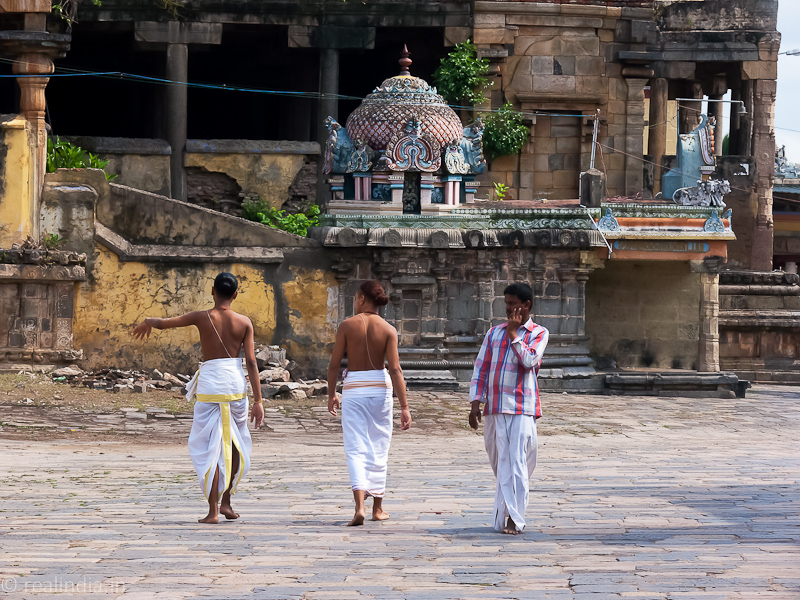
The Legend:
There is a fascinating legend as to how Siva performed his first ever dance at Chidambaram. The three eyed Siva who represents the principle of destruction in the Hindu trinity once wanted to teach a fitting lesson to the sages at Darukavanam who had become arrogant on account of their knowledge. Assuming the form of a beggar and accompanied by Vishnu disguised as Mohini, Siva went to Darukavanam.
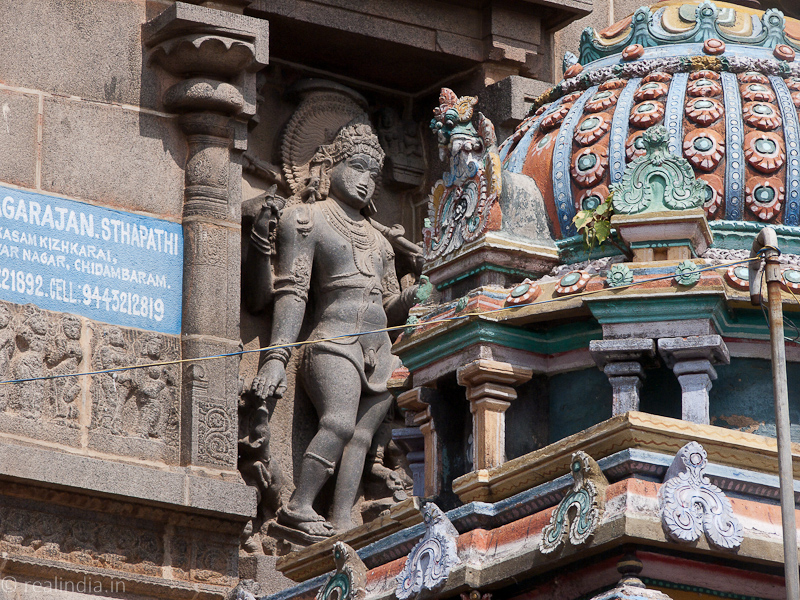
The wives of the sages were enamored of the beauty of the divine couple which enraged the Rishies (Sages). In a fit of jealousy they tried to destroy the pair. They raised a sacrificial fire from which emanated a tiger which pounced on Siva. But Siva peeled off the skin of the tiger and wrapped it around his waist. Then the sage set against Siva an Apsamara Purusha or malignant dwarf. Siva killed him effortlessly. At this the sages concided defeat. Thus began the enthralling majestic cosmic dance of Siva which all the Gods and Rishies witnessed to the full content of their hearts.
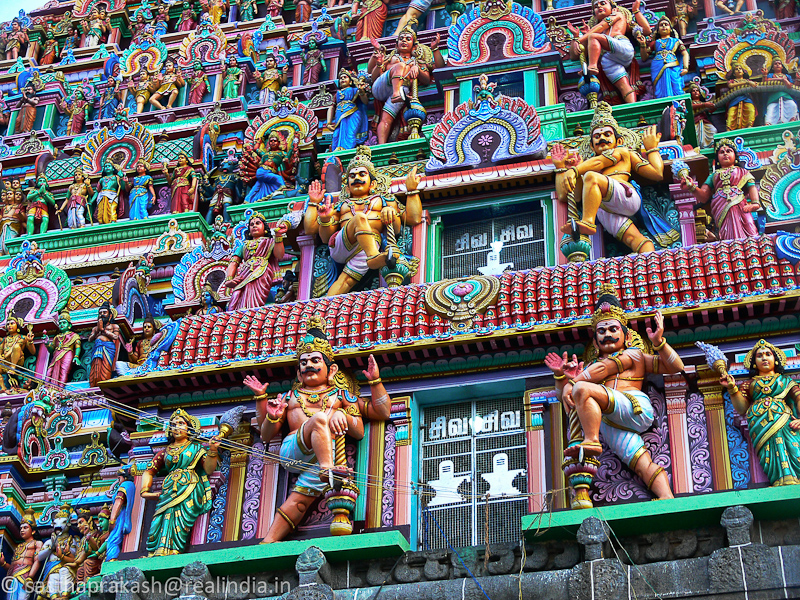
Temple Timings:
Morning 6.00 am to 12.00 pm
Evening 5.00 pm to 10.00 pm
For more pictures, please visit our Chidambaram Flickr album: https://www.flickr.com/photos/135070492@N08/albums/72157658881551552
